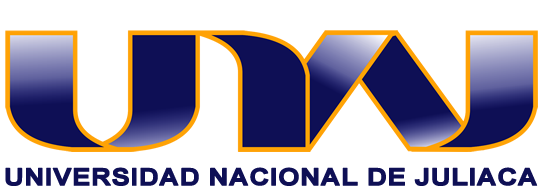Formalisation of a GIS-based methodology for landscape change analysis: example of erosion on Naxos island, Aegean Sea, Greece
Introduction Figure 1: Coastal zone evolution in relation to sea-level rise in the case of the Agios Georgios bay of the island of Naxos. Image (a) corresponds to an aerial photograph of 1960 and (b) of 1988 (from Evelpidou 2001), while photographs (c) and (d) are taken in 2000 and 2007 accordingly (©Vassilopoulos and Evelpidou 2000; 2007). Apart from the rapid change of Manto Island, the tombolo has eventually been created only in the image (d) A Geographical Information System (GIS) utilises specialised software for spatial analyses. Early computer programs for GIS were introduced in the United States in the late 1950s by the U.S. Census (Clarke 2002). In the early 60s the development of Canada Geographic Information Systems (CGIS) commenced, led by Roger Tomlinson, aiming to analyse Canada’s national geographic inventory. At about the same time, Howard Fisher developed Synagraphic Mapping System (SYMAP), a pioneering automated computer mapping application. He started these developments at the North-western Technology Institute, University of Chicago, and completed them at the Harvard Lab for Computer Graphics and Spatial Analysis. GIS has, for decades, been seen only as a software package which may help to accomplish spatially related analytical tasks. It is often associated with the software used for the implementation of a GIS technical structures and concepts, which enables combining data coming from different sources and in various formats, capturing, storing, manipulating, analysing, and displaying spatially referenced data. GIS has grown as a field, at first expanding in local and regional governmental sectors (Greene and Pick 2006). Today, GIS has been applied in many different areas such as transportation, landscape changes analysis, emergency management, city and regional planning, to mention only a few.
Está viendo el 3% del contenido de este artículo.
Solicite el acceso a su biblioteca para poder consultar nuestros recursos electrónicos.
Ventajas de ser usuario registrado.
Acceso sin restricciones a todo el contenido de la obra.
Sólo información contrastada de prestigiosos sellos editoriales.
Contenidos de renombrados autores y actualizaciones diarias.
La nueva plataforma del Consorcio ofrece una experiencia de búsqueda de fácil manejo y de gran usabilidad. Contiene funciones únicas que permiten navegar y realizar consultas de manera ágil y dinámica.
Convenios especiales: Enseñanza Bibliotecas públicas

